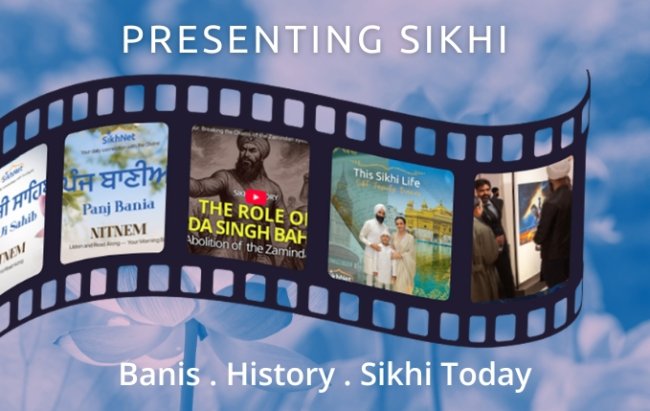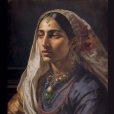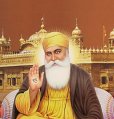Maharani Jinda was the queen of Punjab. She was married to Maharaja Ranjit Singh and once owned the famous Koh-I-Noor diamond. After her husband died, she became the Queen Regent for her son, Maharaja Dileep Singh, who ruled Punjab from Lahore. Jinda led armies against the British
The spiritual path can be challenging to navigate alone. In this perspective, the Guru's function is to be the "boat" that navigates the dangerous waters, linking our limited self with our infinite self.
Guru Nanak's emphasis on helping the poor was revolutionary in the 16th century and remains crucial today as global poverty persists. A defining moment in his youth illustrates this principle: At age 12, when given 20 rupees by his father to start a business, Nanak instead purchased food and distributed it to those in need.
Guru Nanak Dev ji is revered by Sikhs and many others. He is seen as a messenger of God, an enlightened teacher, a champion of human dignity and peace between faiths, and a brilliant spiritual guide for all humanity.
In contemporary Sikh circles, the term Gatka is commonly used to encompass all aspects of Sikh martial arts. However, historical sources generally refer to the art as Shastravidiā, or the 'Science of Weapons.'
From pampered princess to champion for women's rights, Sophia’s transformation was fueled by a tumultuous family history. Her sister Bamba's thwarted dream of becoming a doctor ignited the spark.
Sikhism has a unique idea of God. They call God "Ik Onkar," which means "one constant." In Sikhism, God has no gender and is beyond time and space. They also believe God has no physical form.
The Sikh holy text, the Guru Granth Sahib, teaches that Waheguru (the Divine) created everything in the universe and exists within all creation. This concept equates Waheguru with nature itself.
People may wonder about the motivation behind seva and why others engage in it. The only way to truly understand is through personal experience. Standing alongside strangers with a shared purpose and goal in a large collective effort can be a remarkable feeling.
This song has been sung at least once a day in the Harimandir Sahib in Amritsar for over 400 years. Many people in and around the Harimandir Sahib often say the words of this song.










